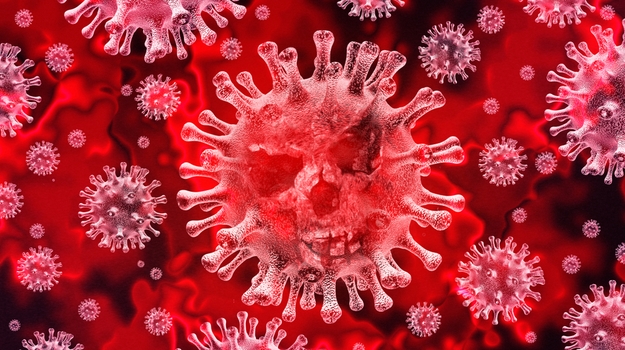London: As many as one in five people globally have underlying medical conditions that put them at an increased risk of severe COVID-19. This has been revealed by a study which may help develop strategies to shield the most vulnerable individuals.
The study has been published in the journal ‘The Lancet Global Health’. It noted that 1.7 billion people across the world, comprising 22 per cent of the global population, have at least one underlying condition that puts them at increased risk of severe COVID-19 if infected.
These people range from less than five per cent of those younger than 20 years to greater than 66 per cent among those aged 70 years or older, the study said.
Researchers, including those from the London School of Hygiene & Tropical Medicine in the UK, said 349 million people (about four per cent of the global population) are at high risk of severe COVID-19, and would require hospital admission if infected. They said six per cent of males could be at high risk compared with three per cent of females.
According to the researchers, the share of the population at increased risk was highest in countries with older populations, African countries with high HIV/AIDS prevalence, and small island nations with high diabetes prevalence.
Estimates of the number of individuals at increased risk were most sensitive to the prevalence of chronic kidney disease, diabetes, cardiovascular disease, and chronic respiratory disease, the scientists said.
In the study, the scientists calculated the number of individuals at increased risk of severe disease – defined as those with at least one condition listed as ‘at increased risk of severe COVID-19’ in the current guidelines.
They estimated the risk based on age (five-year age groups), sex, and country for 188 countries using prevalence data from the ‘Global Burden of Diseases, Injuries, and Risk Factors Study (GBD) 2017’ and UN population estimates for 2020.
The scientists determined the list of underlying conditions relevant to COVID-19 by mapping the conditions listed in GBD 2017 to those listed in guidelines published by WHO and public health agencies in the UK and the USA.
They also estimated the number of individuals at high risk – defined as those that would require hospital admission if infected – using age-specific infection-hospitalisation ratios for COVID-19.
The researchers calculated the number of individuals without an underlying condition that could be considered at increased risk because of their age, using minimum ages from 50 to 70 years.
Based on these estimates, the scientists said about one in five individuals worldwide could be at increased risk of severe COVID-19, should they become infected, due to underlying health conditions. However, they added that this risk varies considerably by age.
Since physical distancing measures vary in intensity across different places worldwide, and there is substantial uncertainty about the transmissibility of the virus, the scientists said attempts to calculate the number of individuals that will eventually be infected in different countries will be highly uncertain.
“Our estimates are uncertain, and focus on underlying conditions rather than other risk factors such as ethnicity, socioeconomic deprivation, and obesity, but provide a starting point for considering the number of individuals that might need to be shielded or vaccinated as the global pandemic unfolds,” the researchers concluded in the study.
Agencies







































